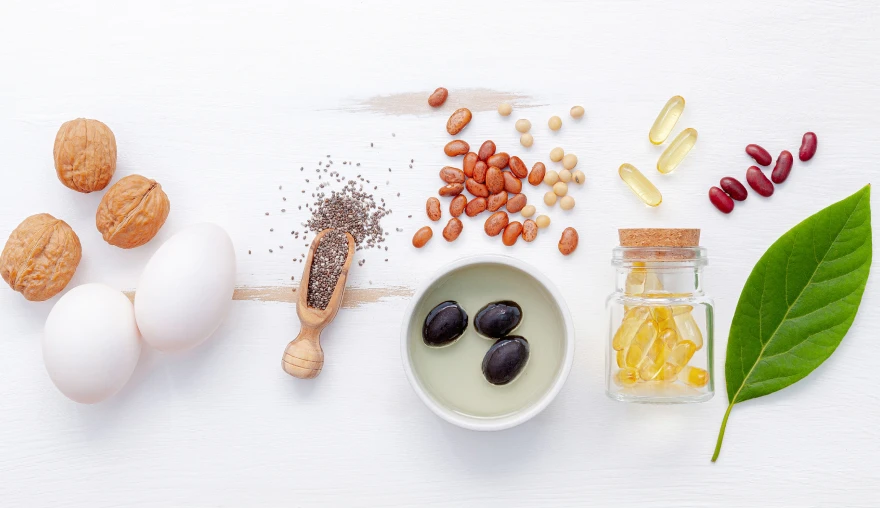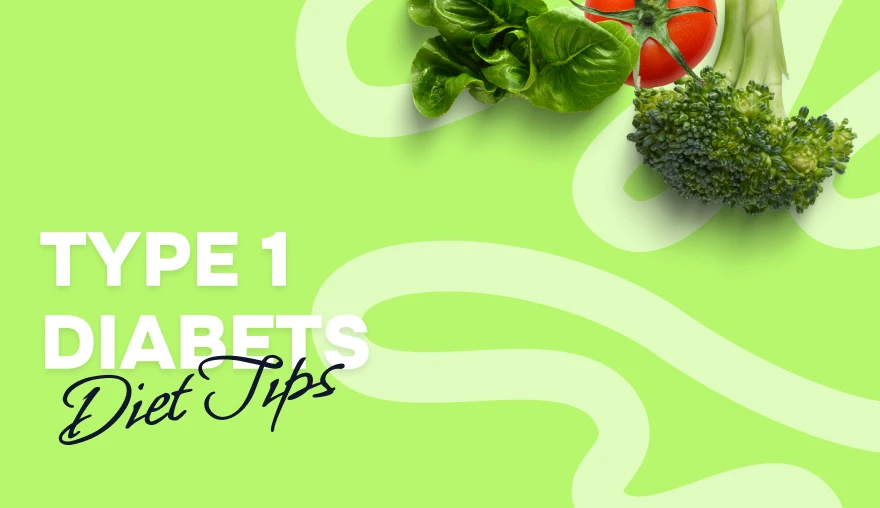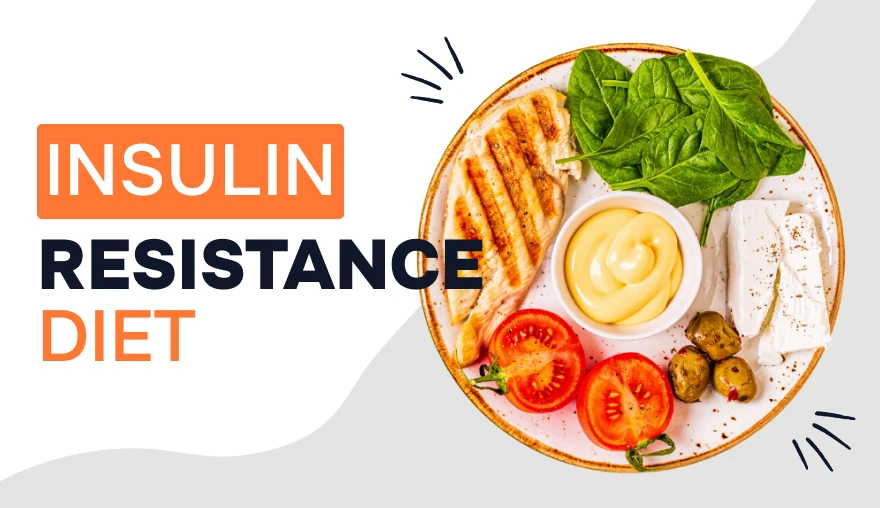Cholesterol is surrounded by at least as many myths as sugar is. We believe many people think they have high cholesterol and don’t know how to deal with it.
That is why in this article, we will discuss high-cholesterol diet plans and tell you about the ingredients and foods you can eat. Please read it to the end. We hope you will find this article helpful as a reference to understand the process of controlling cholesterol with diet.
Interesting facts:
What is cholesterol, why do you need it, and what are the kinds of cholesterol
We often hear the word “cholesterol”, but some people may not know what it is.
“Cholesterol is unhealthy, isn’t it?”
Some of you may think so. And it is both right and wrong.
Actually, we need cholesterol for the normal functioning of the body. It is one of the fatty substances (lipids) present in the human body. The substance is necessary for the following:
Some people may think cholesterol comes from food, but the liver produces 70% to 80% of cholesterol in the body. And only 20-30% come with food.
Many people don’t know that there are two types of cholesterol, each with different properties:
HDL (good) cholesterol – they call it “good” because it prevents the accumulation of bad cholesterol in the blood and its deposition on the walls of blood vessels (atherosclerosis).
LDL (bad) cholesterol – high levels of this type of fatty substance increase the risk of atherosclerosis, carotid artery disease, coronary heart disease, peripheral arterial disease, and other diseases.
Doctors can recommend a diet to reduce bad cholesterol to people of any age. You should pay special attention to it after the age of 40 when LDL starts to bother you, even if you lead a relatively healthy lifestyle.
How to lower cholesterol with a diet
A cholesterol-reducing diet is the easiest way to improve cholesterol imbalance. To lower your LDL level, you need to eat the right amount of food every day and reduce the amount of cholesterol you get with food.
If you eat a lot of meat, reduce its amount or replace it with soy products or fish to supplement your protein intake. It is also essential to have balanced meals three times a day, abstain from snacking at night, and avoid excessive alcohol consumption.
If you follow these rules, you can expect an improvement in the balance of fatty substances in the blood.
Diets to reduce cholesterol may not be effective with gallbladder disease and some other conditions. If you have any health problems, consult your doctor or dietitian.
Foods that lower LDL cholesterol: practical advice
If you include these foods in your diet, this can improve cholesterol imbalance and can be of great benefit to the body. Find out why!
Lean meat
Eat lean meat. It’s a good source of protein. It is the food you want and need to eat during a diet to improve cholesterol.
Meat can contain fat and a lot of saturated fatty acids, which are harmful to the body. But if you select meat wisely, you can effectively reduce your saturated fat intake!
In fact, you can significantly reduce the amount of saturated fatty acids by simply removing fat from meat. Do not eat ribs and minced meat, and use lean meat and skinless poultry whenever possible.
If you prefer red meat, eat it one to three times a week.
Foods rich in omega-3
A cholesterol management diet must include omega-3 fatty acids. They restore the balance between good and bad fatty substances in the body. Moreover, omega-3 fatty acids improve brain function, reduce the risk of heart disease, and provide beauty and health for the whole body.
Since the body cannot produce these fatty acids, it is crucial to get them from external sources such as fatty sea fish (mackerel, herring, tuna, sardines, etc.)
Many nutritionists consider oatmeal a superfood and recommend it as a regular part of a daily diet. Its effectiveness in lowering cholesterol levels is well known. Oatmeal lowers LDL levels without affecting those of HDL. Oats also contain a wide range of nutrients, including fiber, vitamin E, essential fatty acids, etc. Dietary fiber slows down the absorption of sugars. It is for this reason that dietitians recommend using them in diets. Pay attention to what kind of oil you use when cooking. You should use oils with a high content of unsaturated fatty acids, such as olive oil. Despite all their variety, nearly all lowering cholesterol diets include olive oil. Olive oil, as one of the best sources of monounsaturated fatty acids, lowers LDL levels. Also, it can do the following: According to studies, high cholesterol on a low-fat diet will decrease if you eat enough beans. They are rich in vitamins, minerals, healthy carbohydrates, protein and fiber, and offer a wide range of health benefits. Beans and cereals are useful because they contain phytosterols and stanols. These vegetable cholesterol analogues decrease inflammation of the walls of blood vessels and reduce the risk of atherosclerotic plaque formation. The body does not produce phytosterols and stanols, and their daily consumption is 2 g. The combination of “good fats” makes nuts an excellent means of fighting bad cholesterol. Nuts are an excellent source of sterols, substances that prevent intestinal cholesterol absorption. Nuts contain many healthy substances, including fiber, selenium, manganese, ellagic acid, omega-3 fatty acids, resveratrol, flavonoids, antioxidants, vitamin E, copper, and many other substances. It is vital to eat various nuts to get the maximum health benefits. It was found that pectins found in apples and pears as well as compounds contained in citrus plants improve the balance of good and bad cholesterol. Doctors and nutritionists recommend adding these fruits to your diet regularly. We know these fruits have many benefits for our health and various weight-reduction plans. And every time you shop for groceries, opt for types and varieties of fruits you ate a long time ago. Get the latest insights. Recently, dietary fibers have increasingly attracted the attention of nutritionists as an indispensable component of a diet to reduce LDL cholesterol. Dietary fibers, which dissolve in water, get viscous in the intestines, absorb cholesterol, and remove it from the body. Whether you are losing weight or not, doctors recommend using a well-balanced diet of soluble and insoluble dietary fibers. Although we consume fiber daily, many of us lack this essential substance. Tomatoes contain a lot of lycopene. Lycopene is a scarlet pigment that is a powerful antioxidant. It has been proven that this plant lowers total cholesterol levels mainly by reducing LDL levels. Additionally, lycopene decreases systolic blood pressure, a problem for many overweight or obese people. Stone fruits or drupes such as cherries, apricots, and plums contain polyphenols. These compounds reduce the level of bad cholesterol, including low-density lipoproteins, and also decrease vascular tone, favorably affect the inner lining (endothelium) of blood vessels and prevent inflammatory and atherogenic processes. You need at least 500 mg of polyphenols daily. You can get them from 4-5 servings of vegetables and fruits (about 400 g). Although not all people like these foods, they have a direct lipid-lowering effect, which means they help lower cholesterol levels. This effect is due to the allicin contained in onion and garlic.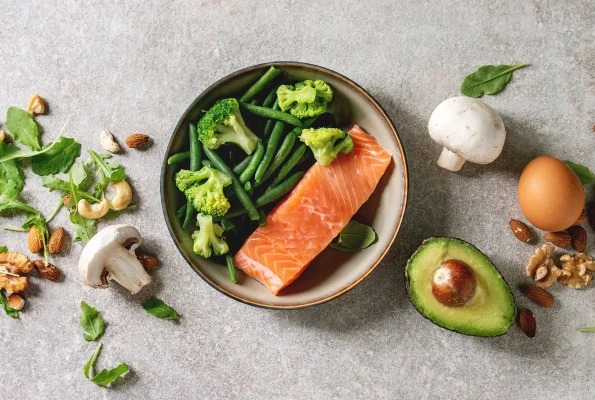
Oats
Olive oil
Beans and cereals
Nuts
Apples, pears and citrus
Subscribe to our blog
Fiber
Tomatoes
Stone fruits
Onion and garlic
Causes of high blood cholesterol
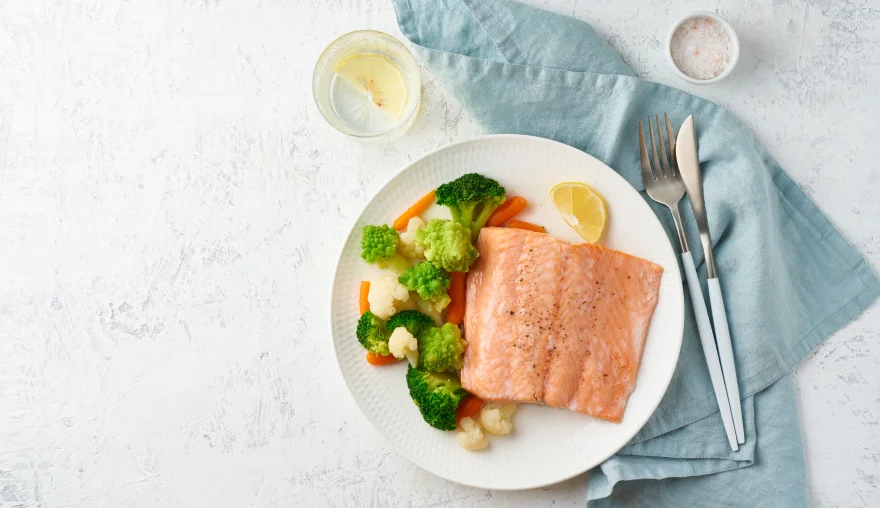
Relevant article
What is FODMAP Diet, and When is It Necessary?Conclusion
Everyone should monitor and check their daily diet for an imbalance of fatty substances. Use foods that are as low in animal fats as possible.
Besides, smoking cessation and exercising will further increase the effect of the diet. You need moderate aerobic exercise to lower your LDL levels, but walking for 30 minutes at least three days a week is also quite effective. You can gradually bring your cholesterol levels back to normal by improving your diet and going in for sports regularly.

“Hayley Liew has credentials as both a Provisional Psychologist and a Practicing Dietitian ”

